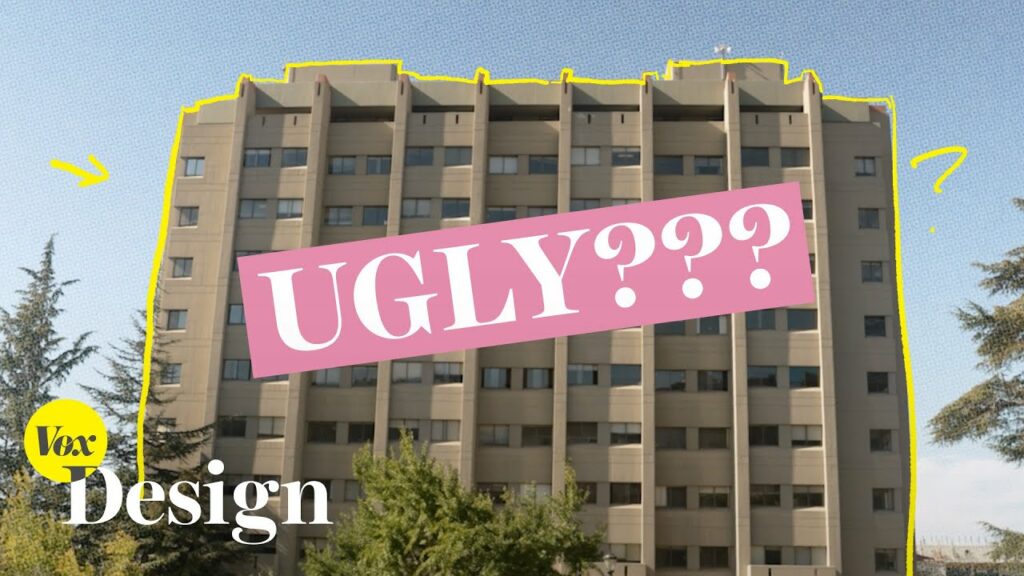Why People Hate Brutalist Buildings on American College Campuses

Many Americans receive their introduction to the style known as Brutalism in college. This owes less to courses in twentieth-century architecture than to university campuses themselves, which tend to have been expanded or even wholly constructed in the decades immediately following the Second World War. As Vox’s Dean Peterson explains in the new video above, its veterans returned home eager to receive the tertiary education to which the G.I. Bill entitled them, which “necessitated that universities build new facilities to handle ballooning admissions. And with so many new buildings being needed, what did architects of the day turn to? Brutalism.”
“Not just a style of architecture but an entire aesthetic ethos,” Brutalism had developed through inspiration from the work of Charles-Édouard Jeanneret, better known as Le Corbusier. While other architects had employed concrete before him, he was the one to make the bold choice of leaving it exposed on the surface in its raw form: béton brut, to use the term that gave the movement its name.
To qualify under the rubric of this “new Brutalism,” as architectural historian Reyner Banham (later to become famous for his ultra-modern view of Los Angeles) referred to it, a structure should demonstrate “memorability as an image,” “clear exhibition of structure,” and “valuation of materials ‘as found’” — in contrast to the nineteen-fifties’ proliferation of seemingly featureless glass-sheathed skyscrapers designed by modernists like Ludwig Mies van der Rohe and his many imitators.
“Brutalist buildings strove for honesty in their materials and structure,” says Peterson. “They showed you how they were constructed.” Though acclaimed in their day as built statements of a break from the staid past into a wholly reimagined future, many campus Brutalist buildings in the United States subsequently fell into disrepair, owing to the economic downturn of the seventies and the resultant lapses into “deferred maintenance” — which, deferred long enough, shades into planned demolition. Such has been the case with Evans Hall, the statistics, economics, and mathematics building at University of California, Berkeley, which, since its construction in 1971, played an important part in the history of computer science, not least as the node through which the whole of the west coast connected to ARPANET, the military-built precursor to the internet.
Today, objections to Evans Hall’s Brutalist aesthetics, as well as to its location in front of the San Francisco Bay and its poor earthquake-safety rating (that last being fairly common among UC Berkeley’s structures), have led to its being emptied out with an eye toward replacement. Though it may be too late for Evans Hall, much of America’s Brutalist heritage can still be rehabilitated. “Be patient,” says architecture professor Timothy Rohan (author of a study of American Brutalist Paul Rudolph). “Just because you find something unfashionable at the moment doesn’t mean you should eradicate it.” This is not, perhaps, advice particularly well-suited to college students, but given the likelihood of their exposure to Brutalism not just on campus but also on Instagram, they may turn out to be its best hope yet.
Related content:
Why Do People Hate Modern Architecture?: A Video Essay
How the Radical Buildings of the Bauhaus Revolutionized Architecture: A Short Introduction
The World According to Le Corbusier: An Animated Introduction to the Most Modern of All Architects
A is for Architecture: 1960 Documentary on Why We Build, from the Ancient Greeks to Modern Times
Based in Seoul, Colin Marshall writes and broadcasts on cities, language, and culture. His projects include the Substack newsletter Books on Cities, the book The Stateless City: a Walk through 21st-Century Los Angeles and the video series The City in Cinema. Follow him on Twitter at @colinmarshall or on Facebook.


